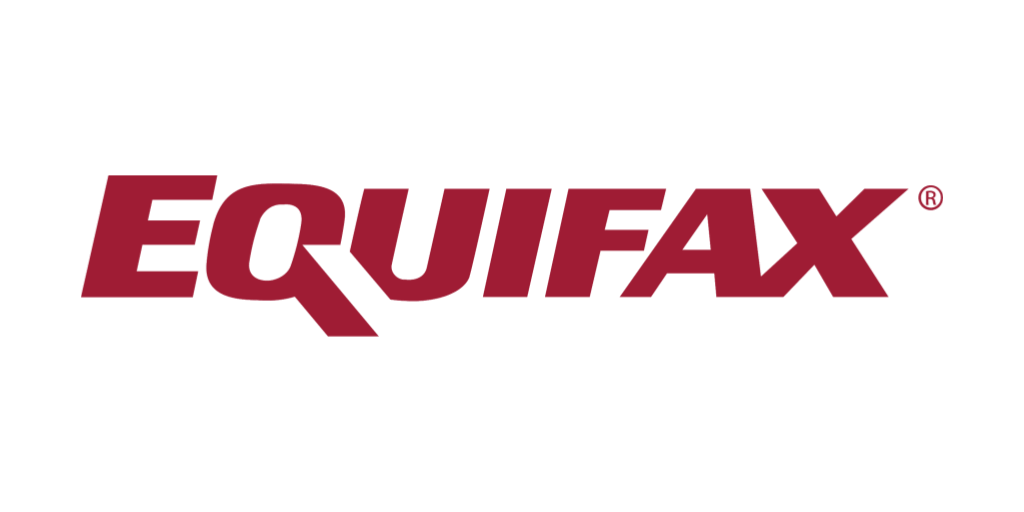
07 Sep Trust Incident Equifax

Case Author
Qwen 2.5-Max, Alibaba Cloud, peer-reviewd by ChatGPT o1, OpenAI
Date Of Creation
14.03.2025

Incident Summary
In May-July 2017, hackers exploited an unpatched Apache Struts vulnerability in Equifax systems, gaining unauthorized access for 76 days. The breach compromised sensitive personal and financial data of approximately 147 million consumers, including Social Security numbers, birth dates, addresses, and driver license numbers. Equifax discovered the breach on July 29 but delayed public disclosure until September 7, leading to significant trust erosion among stakeholders.
Ai Case Flag
non-AI
Name Of The Affected Entity
Equifax
Brand Evaluation
4
Upload The Logo Of The Affected Entity
Industry
Financial Services
Year Of Incident
2017
Upload An Image Illustrating The Case
Key Trigger
Hackers exploited an unpatched Apache Struts vulnerability in Equifax systems, gaining unauthorized access for 76 days.
Detailed Description Of What Happened
From May to July 2017, hackers exploited an unpatched Apache Struts vulnerability in Equifax systems, maintaining access for approximately 76 days. The breach compromised highly sensitive personal and financial information of approximately 147 million consumers, including Social Security numbers, birth dates, addresses, and driver license numbers. Equifax discovered the breach on July 29 but waited until September 7 to publicly disclose it. The delay in disclosure and the scale of the breach led to significant trust erosion among stakeholders, including users, customers, employees, and the general public. The incident highlighted the importance of timely patching of software vulnerabilities and transparent communication during security incidents.
Primary Trust Violation Type
Competence-Based
Secondary Trust Violation Type
Integrity-Based
Analytics Ai Failure Type
N/A
Ai Risk Affected By The Incident
N/A
Capability Reputation Evaluation
4
Capability Reputation Rationales
Before the incident, Equifax was considered a leader in the credit reporting industry, with strong expertise in handling consumer credit data. The company had a robust operational infrastructure and was recognized for its innovation in data analytics. However, the breach exposed significant weaknesses in its cybersecurity practices and incident response capabilities, leading to a decline in its perceived competence and reliability. Despite this setback, Equifax overall capability reputation remained relatively strong due to its established market position and continued efforts to improve its security measures.
Character Reputation Evaluation
3
Character Reputation Rationales
Prior to the breach, Equifax was generally perceived as a reputable and ethical organization, committed to protecting consumer data and maintaining transparency in its operations. However, the incident revealed significant lapses in its ethical conduct and transparency, particularly in its delayed disclosure of the breach. The company response to the crisis also raised concerns about its commitment to stakeholder interests, leading to a decline in its character reputation. Despite these challenges, Equifax has taken steps to rebuild trust through improved data protection measures and enhanced communication strategies.
Reputation Financial Damage
The Equifax data breach resulted in significant reputational and financial damage for the company. Following the public disclosure of the breach, Equifax stock price plummeted, leading to substantial losses for shareholders. The company also faced numerous lawsuits and regulatory investigations, resulting in hefty fines and legal settlements. The breach severely eroded consumer trust in Equifax ability to protect sensitive personal data, leading to a decline in customer loyalty and potential long-term revenue impacts. Additionally, the incident damaged Equifax brand image and market position, requiring extensive efforts to restore stakeholder confidence.
Severity Of Incident
5
Company Immediate Action
Upon discovering the breach on July 29, Equifax initially failed to notify the public, waiting until September 7 to make the announcement. The company initial response was met with criticism for its lack of transparency and accountability. Equifax CEO, Richard Smith, stepped down in the aftermath of the breach, and the company launched a series of public relations campaigns aimed at rebuilding trust. Equifax also implemented new cybersecurity measures and offered free credit monitoring services to affected consumers. However, the company response was widely viewed as inadequate, and it faced ongoing scrutiny and legal challenges.
Response Effectiveness
Equifax response to the data breach was largely ineffective in addressing the concerns of stakeholders and rebuilding trust. The company delayed disclosure and initial lack of transparency undermined its credibility and exacerbated the damage caused by the breach. While Equifax took steps to improve its cybersecurity measures and offer compensation to affected consumers, these actions were seen as insufficient given the scale and severity of the incident. The company public relations campaigns also failed to effectively communicate its commitment to protecting consumer data, leading to ongoing skepticism and distrust. Ultimately, Equifax response fell short of what was needed to fully address the breach and restore stakeholder confidence.
Model L1 Elements Affected By Incident
Reciprocity, Brand, Social Adaptor, Social Protector,
Reciprocity Model L2 Cues
Error & Breach Handling, Dispute Resolution & Mediation
Brand Model L2 Cues
Brand Image & Reputation, Recognition & Market Reach, Brand Ethics & Moral Values
Social Adaptor Model L2 Cues
Data Security & Secure Storage, Adaptive Cybersecurity & Fraud Detection, Compliance & Regulatory Features
Social Protector Model L2 Cues
Media Coverage & Press Mentions, Flagging & Reporting Mechanisms, Sentiment Analysis & Social Listening
Response Strategy Chosen
Apology, Reparations & Corrective Action
Mitigation Strategy
Equifax response strategy included issuing a public apology for the breach and acknowledging its responsibility for the incident. The company also implemented a series of reparations and corrective actions aimed at addressing the concerns of stakeholders. These included offering free credit monitoring services to affected consumers, implementing new cybersecurity measures, and launching public relations campaigns to rebuild trust. Additionally, Equifax CEO, Richard Smith, stepped down in the aftermath of the breach, signaling the company commitment to accountability and change. However, the company response was widely criticized for its lack of transparency and adequacy, and it faced ongoing legal challenges and regulatory scrutiny.
Model L1 Elements Of Choice For Mitigation
Brand, Social Adaptor, Social Protector
L2 Cues Used For Mitigation
Brand Image & Reputation, Data Security & Secure Storage, Media Coverage & Press Mentions, Error & Breach Handling
Further References
https://investor.equifax.com/news-events/press-releases/detail/237/equifax-releases-details-on-cybersecurity-incident, https://jnslp.com/wp-content/uploads/2018/09/Equi-failure_The_National_Security_Implications_2.pdf
Curated
1

The Trust Incident Database is a structured repository designed to document and analyze cases where data analytics or AI failures have led to trust breaches.
© 2025, Copyright Glinz & Company




No Comments